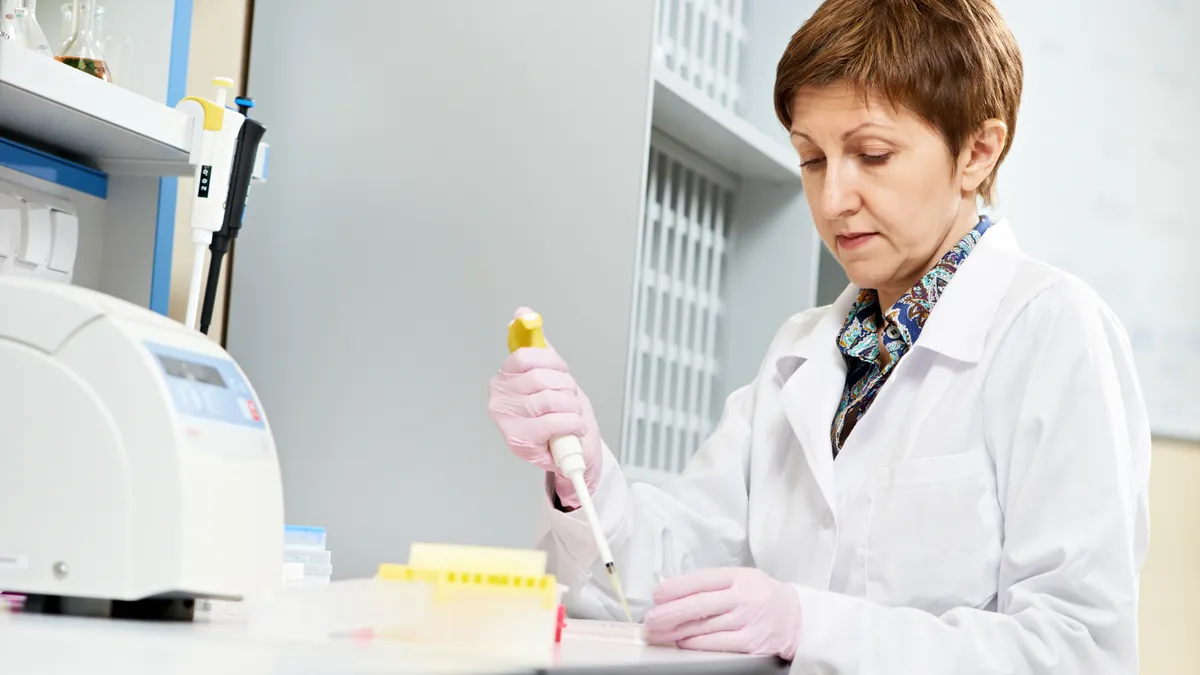Dive Brief:
- Medicare's new method of calculating payment rates for laboratory tests, intended to save the government money, could instead end up costing the agency billions in overpayments, the U.S. Government Accountability Office (GAO) said in a new report Friday.
- Spending on lab tests could exceed what the agency paid before 2018 due to some of the changes to the reimbursement formulas. For example, one change set maximum payment rates as a baseline rather than actual payment rates. Another ended the practice of paying a bundled rate for certain groups of tests.
- GAO was directed to conduct the review by the Protecting Access to Medicare Act of 2014 (PAMA), the legislation that started the ball rolling by requiring CMS to develop a national fee schedule for lab tests based on private payer data, rather than on historical laboratory fees that generally were higher than those paid by private insurers.
Dive Insight:
GAO's finding of potential overspending due to lab test payment rate changes under PAMA is somewhat ironic given the move to a market-based pricing system was projected to save CMS money. Healthcare industry groups banded together to oppose the revisions to the Clinical Laboratory Fee Schedule, which phase in rate reductions limited to 10% annually from 2018 through 2020.
The American Clinical Laboratory Association, American Hospital Association, American College of Physicians and AdvaMedDx in August urged Congress to intervene and argued that the new payment methodology would harm hospital, independent and physician office labs and make it harder for Medicare beneficiaries to access medical testing. ACLA challenged the new rate structure in a lawsuit, but the complaint was dismissed in September. The group filed a notice of appeal in October.
Quest Diagnostics and LabCorp, two lab testing giants, are watching the developments closely. Quest CEO Stephen Rusckowski in October called the court's decision "disappointing for our industry and potentially harmful for Medicare beneficiaries."
The GAO report zeroed in on two reasons for potential overpayment under the new CMS formula. First, CMS calculated median private payer rates from data collected from about 2,000 laboratories. The GAO found those rates were lower than Medicare's maximum payment rates in 2017 for 88% of tests.
To start the phase in of payment rate reductions, CMS used maximum Medicare payment rates in 2017 as a baseline instead of using actual Medicare payment rates. This resulted in excess payments for some lab tests and, in some cases, higher rates than those Medicare previously paid, GAO said.
"Medicare paid $7.1 billion for 433 million lab tests in 2017, and typically paid higher rates than private insurers. Medicare is required to use a new methodology to establish payment rates in 2018, which tries to address this issue. However, we found that this new methodology could cause Medicare to pay billions more than is necessary," the GAO wrote.
Second, CMS stopped paying a bundled rate for some panel tests, which are groups of tests typically performed together. CMS is currently reviewing whether it has the authority to bundle payment rates for panel tests.
GAO estimated that Medicare expenditures may be $733 million more over the three-year phase-in due to the use of maximum rates as a baseline and may increase by as much as $10.3 billion during the period due to unbundling of panel test payments.
GAO recommends CMS collect complete private payer data from all laboratories to address the effects of incomplete data, phase in rate reductions that start from actual payments rather than maximum payments Medicare paid before 2018, and use bundled rates for panel tests.










